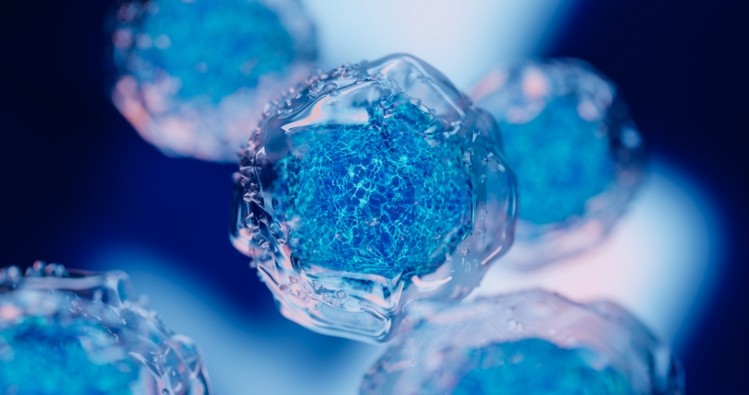What are some of the dos and don’ts on starter materials for CGT manufacturing?

Mike Brewer, director, global principal consultant, regulatory, bioproduction, Thermo Fisher Scientific, spoke to BioPharma-Reporter about some of dos and don’ts on starter materials for CGT manufacturing.
His advice is particularly targeted at newer entrants to the CGT space, those at the at the preclinical stage, that might not have the same level of regulatory expertise that more established players in the biopharma industry would automatically have accrued.
Critical concerns have to be addressed around the quality and consistency of all the products used in CGT manufacturing processes, said Brewer.
Cell expansion
In the specific case of cell therapy and cell culture media used, there is a tight relationship between the process and the product: the cell expansion stage is a critical step and generally live cells, which are the treatment, do not go through an intensive purification process following the cell expansion stage prior to infusion in the patient.
One of the key products in the cell therapy process is the cell culture media used for the expansion of the modified cells. That product must be manufactured in a compliant manner, the manufacturer must follow appropriate practices, procedures, incorporating all the necessary controls and documentation, and meeting the standards that would be expected in the industry from the manufacturing side and also by regulatory agencies reviewing an application for approval of a product and the manufacturing process around that product:
“The materials selected for expansion must be fit for the intended purpose and manufactured in a way that regulators will accept. As the T-cells do not go through a rigorous purification process, some components of the cell culture media can potentially be part of the final dosage form that goes into the patient.
“The guidance I give to customers is that they need to ensure their suppliers are following the appropriate manufacturing processes and procedures for the intended use of the product. In the case of US and Canada regulatory jurisdictions, you would determine if there is a Drug Master File (DMF) in place whereby the manufacturer has submitted a DMF to the FDA or Health Canada that includes the chemistry, manufacturing and controls (CMC) information about its product, essentially all the information a regulator would need to review when considering an IND application, or ultimately, approval.”
Choose components early
In addition, it is important to select the reagents, the components of the manufacturing process, and media, and to determine their suitability for use early as possible, as this avoids the need to make changes to the process or the product after the clinical testing stage is underway; such modifications could end up impacting the critical quality attributes, efficacy or the performance of the cellular therapeutic, remarked Brewer.
Manufacturers should also confirm, when selecting vendors of critical reagents and raw materials, that such suppliers are open to being audited by end users or regulatory bodies, he stressed.
Japanese model
Japan has a very unique raw material certification process that enables media and reagent suppliers to submit evidence to the country's Pharmaceuticals and Medical Devices Agency (PMDA) that their raw materials comply with Japanese Standard for Biological Ingredients (SBI), noted Brewer’s colleague, Kasey Kime, part of Thermo Fisher Scientific’s regulatory affairs division, in a piece on Cell and Gene Therapy Insights:
“If the PMDA approves the raw materials meet the requirements as per the SBI, a certificate is issued to the supplier. The supplier can share the certificate of SBI compliance with developers in preclinical phases so they can make informed raw material choices, and, thereby, helping to assure correct raw material choices early in the process. This process reduces the burden for raw material risk assessment on the developer, the supplier and the regulatory agency.”
Viral vectors
While the challenges around starting materials for gene therapy manufacturing are somewhat similar to those of cell therapy, a principal difference is that key components - viral vectors - go through an extensive purification process that substantially removes the majority of the host cell and process based impurities present in the cell culture harvest from the bioreactor used for manufacture of recombinant viral vectors, said Brewer.
“But DMFs or regulatory support files would likely be required on the resin or the media used in the purification process - gene therapy manufacturers need to verify with their supplier that they are following the practices and procedures around compliance with manufacturing products that are suitable and intended for that use.”










